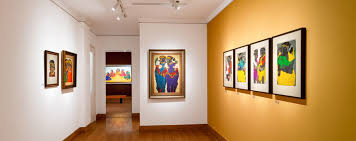
Menu

Microbial art, often called agar art, transforms laboratory science into a surprising and beautiful art form. Instead of paints and canvases, artists use living microbes on nutrient-rich agar plates to create vivid images. These works demonstrate both scientific skill and creative vision, turning sterile Petri dishes into stunning masterpieces.
The process begins by selecting specific microorganisms for their natural pigments. For example, Serratia marcescens produces a striking red, while Micrococcus luteus offers vibrant yellows. Artists “paint” designs by inoculating the agar surface with these bacteria, often using sterile loops or toothpicks like fine brushes. Over time—usually 24 to 72 hours—the microbes grow into the desired patterns and colors.
But microbial art isn’t only about aesthetics. It’s a celebration of microbiology itself, making invisible life visible in a striking way. It also teaches critical lab techniques, including sterile handling, culturing, and proper disposal. The American Society for Microbiology even hosts an annual Agar Art Contest, showcasing imaginative works from researchers and students alike.
Beyond traditional pigments, some artists experiment with fluorescent microbes that glow under UV light, adding a bioluminescent twist to their creations. These techniques highlight the intersection of art and genetic engineering, demonstrating how science can expand the artist’s palette in ways unimaginable with conventional materials.
Microbial art is more than just pretty patterns in Petri dishes. It is a reminder of the beauty, diversity, and creativity inherent in the microscopic world—a fusion of science and art that captivates the eye and sparks the mind. As these living artworks grow and change, they reveal the ever-evolving dance of life itself.

@THE INDIAN ART COTTAGE
© The Indian Art Cottage | All Rights Reserved | 2025